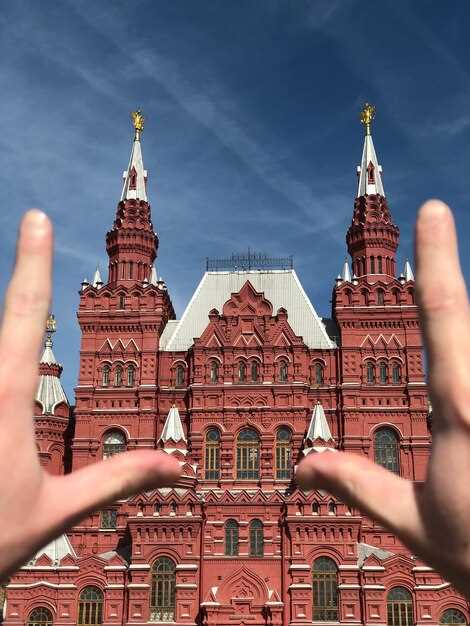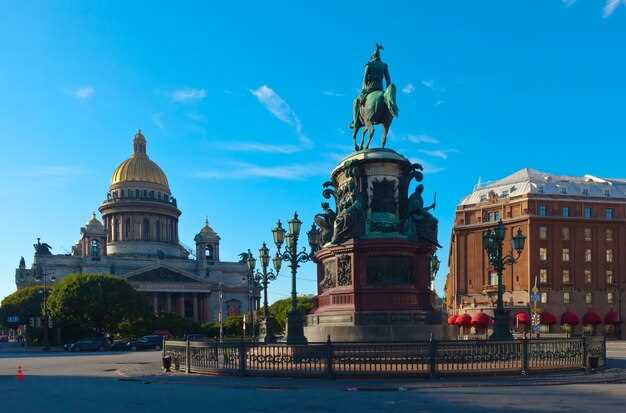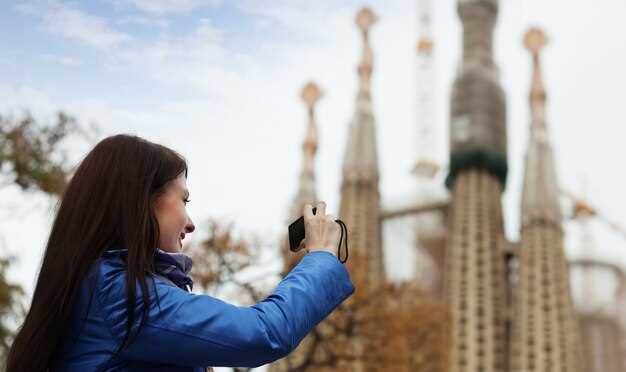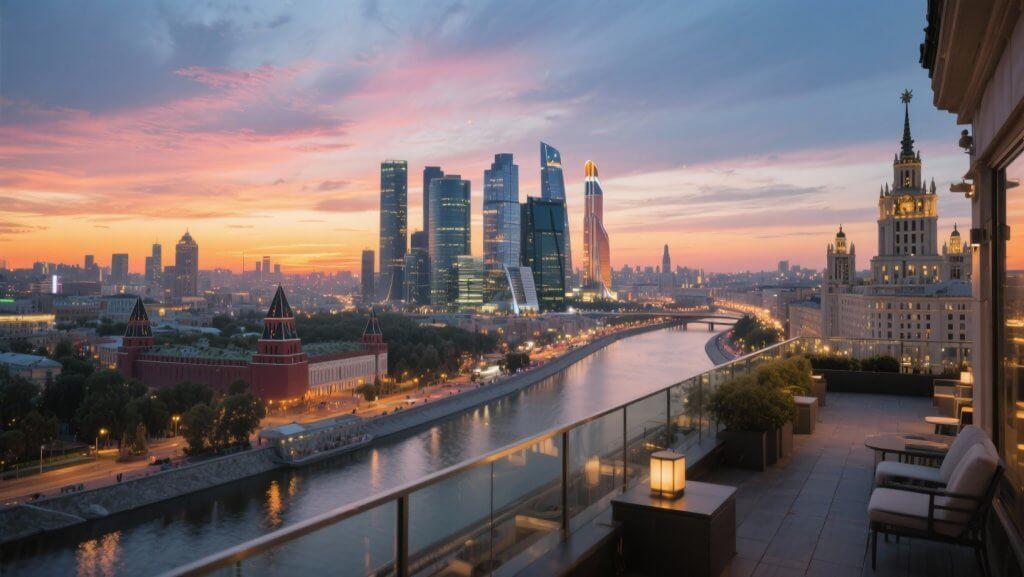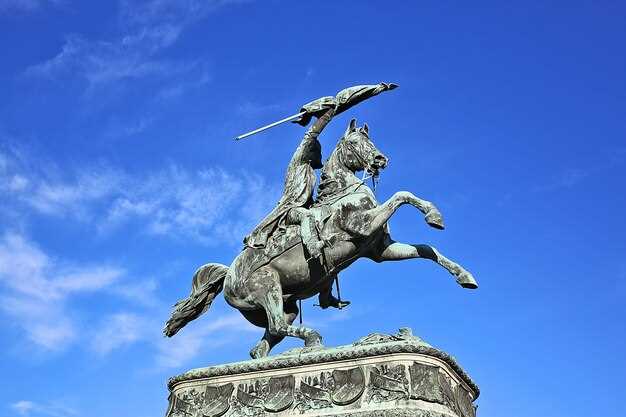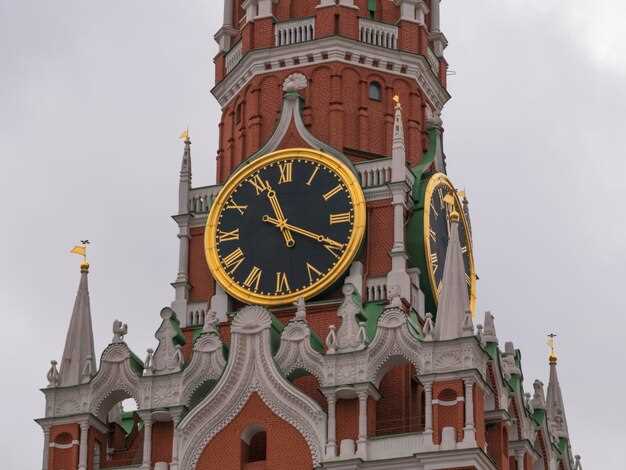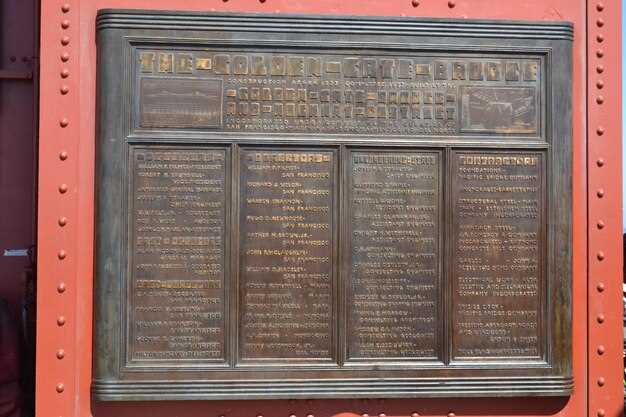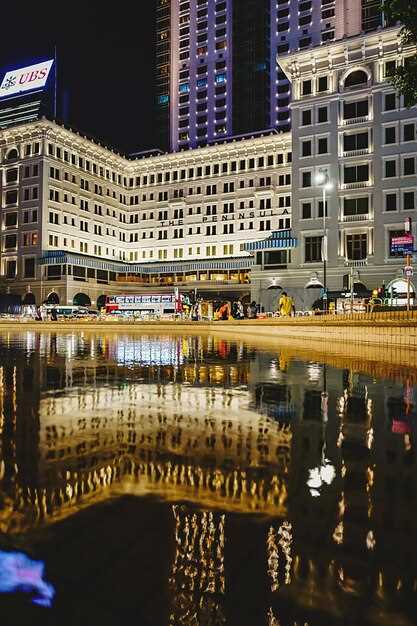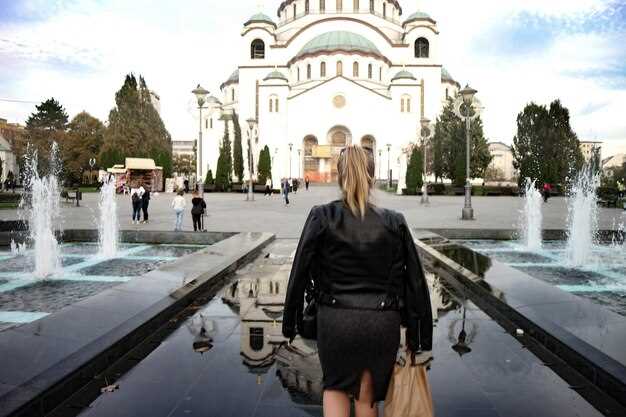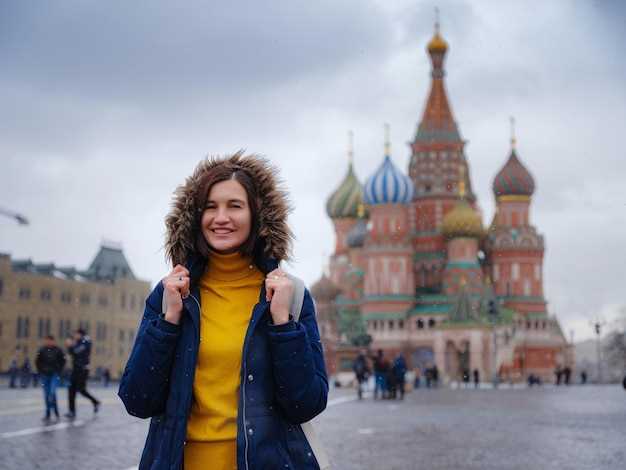Plan your first stop at the Kremlin and Red Square to anchor your visit. While enjoying Moscow’s contrasts, stroll along the banks of the Moskva River and walk the road between ancient walls and modern glass. Today, the domes and towers rise with the city’s grandeur, and the cityscape you glimpse from the square changes with the light.
The pashkov House sits by Alexander Garden, a quiet touchstone of neoclassicism. In addition, the Tretyakov Gallery offers a deep dive into Russian painting, including repin canvases that frame Moscow’s art-history narrative. The collection offers masterpieces you can study up close, making a tourist visit feel grounded in real, lasting works.
From Red Square you can walk to Saint Basil’s Cathedral with its candy-colored domes, then to the Spasskaya Tower, which keeps time with chimes over the crowds. The Cathedral of Christ the Saviour lies along the Moskva banks, and the array of monuments around the square delivers stunning views and still energy from locals and visitors alike.
In addition to central sights, consider quieter stops such as the Novodevichy Cemetery for intimate memorials, or the vast VDNKh complex on the outskirts to see monumental architecture and wide avenues. For getting around, the metro connects quickly and can take you to sites till late hours, while river ferries offer a different view of the city’s cityscape. Some legends buried under centuries of stone lie in these places.
Finally, map a route that balances museums, churches, and riverside walks. This plan helps you maximize time and minimize backtracking, and finally, you’ll discover better angles for photos as the sun sets over the city. Moscow became home to a constant flow of visitors seeking enduring grandeur along the banks and boulevards.
Moscow Travel Guide: Monuments and Tourist Attractions
Visit Red Square (ploshchad) first to feel Moscow’s heartbeat, where St. Basil’s domes glitter and the Tsar Cannon waits in the open air; this quick stop sets the tone for your trip.
The Kremlin walls enclose the president’s offices and several cathedrals; join a guided tour to learn how court life and state power shaped centuries of history, with plaques and displays that bring the era to life.
St. Basil’s Cathedral anchors the square with color-splashed domes; behind it, the Armory reveals historical artifacts, and the pedestrianised streets around offer safe walking routes for visitors. Look for Matryoshka dolls in nearby stalls as a tangible memory of the visit.
For performing arts, head to the bolshoy theatre area; the building is an icon and, when shows are on, tickets are offered at the box office, with performances offering a glimpse of Russia’s artistic tradition.
Stroll along Arbat Street, a pedestrianised lane offering coffee, drinks, and galleries; unlike many capitals, Moscow’s historic center remains compact, so you can cover highlights without long waits and keep a relaxed pace. This vibe appeals to others seeking a manageable city walk.
To deepen your knowledge, visit exhibits about the 1990s, including the Yeltsin era; such displays add context to your trip and help you learn how politics interplayed with daily life.
Nature viewpoints are close by: Sparrow Hills overlook the city, and Alexander Garden near the Kremlin provides a green refuge where birds and trees give you a moment away from monuments.
Getting around relies on Moscow transportation: a vast metro network, tram lines, and bus routes connect major sights without long waits; use the right transfers for a smooth day, and when you stop for a break, many stations or squares offer hot drinks and light snacks. Keep your valuables secure and stay in well-lit areas, especially after dark.
Plan a focused itinerary: start with ploshchad, continue to the Kremlin, then drift toward bolshoy theatre and Arbat, and finish with a sunset view from Sparrow Hills; this approach offers a balanced mix of history, culture, and nature for a rich Moscow experience.
Getting there: Metro, bus, and walking routes to Izmailovo Kremlin
Take the Metro to Partizanskaya station, then walk 12–15 minutes through Izmaylovsky Park to Izmailovo Kremlin. In the morning the route is quiet, the breeze is blowing, and the fortified towers come into view as you exit the trees. Signage is clear, so you won’t get lost, and you can watch the surrounding district wake up.
From Partizanskaya, you can board a local bus toward the Izmailovo district and ride 10–20 minutes to the park entrance closest to the Kremlin. You need only a contactless card or coins, and you can tell the driver you’re heading to Izmailovo Kremlin; think of it as a straightforward option that saves walking. If youre heading there, ask for the stop near Izmailovo Kremlin or the northern gate.
Walking the park approaches offer an adventure: just follow the main avenue toward the fortress and you’ll pass stalls where you might have bought antique Russian crafts. The original towers and the fortified look are a clever constructed recreation; the complex blends antique style with modern amenities and features that make the experience feel authentic. You’re likely to enjoy the contrast between the stalinist blocks nearby and the lively market vibe just outside the walls.
Inside the Izmailovo Kremlin area you’ll find a mix of museum-style features, a cinema, and cafés. The district offers a European vibe with Russian charm, and you can watch locals and visitors mingle while exploring souvenirs. Nearby memorials remind of martyrs from Russian history. A small plaque honors a martyr of Russian history. If youre here for a funeral or memorial service at a nearby church, expect crowds and plan your timing accordingly.
Practical notes: tickets are easy to buy at the metro turnstiles or online; you need only a card, and you can manage your time with a simple map. The route is established, safe, and easy to navigate; city leaders created Izmailovo Kremlin as a family-friendly adventure that appeals to both europe and russian visitors. Youre set for a comfortable start to a morning out in the district, with a mix of history, watchable architecture, and easy links to the metro line.
Izmailovo Kremlin highlights: the 9 towers, Cathedral, and on-site museums
Plan a concise, 2–3 hour exploration for yourself and begin at the Cathedral, then walk the wall to see the nine towers in sequence. The complex is located in Izmaylovo Park, still a vivid contrast to central Moscow, and the approach offers a huge dose of color and craft.
- The nine towers and walls: The perimeter is defined by nine towers; you walk between them and capture photos at key angles. The silhouettes stand out against the park, making this a strong opening for your exploration of the site.
- The Cathedral: The main church inside the Kremlin showcases bright interiors, icons, and frescoes that pair well with the surrounding market atmosphere. It provides a quiet moment amid the bustle outside.
- On-site museums: The grounds host several museums offering crafts, folk art, and Russian history. You’ll find displays that touch on traditional crafts, wooden architecture, and a Soviet-era glimpse that adds context to the overall experience; offering insights into a thousand-year timeline expressed in objects and stories.
- Practical notes: If you’re counting time, a single pass often covers access to towers and the museums. If you want flexibility, check ticket rates on aggregators–some bundles save time and allow longer stays on-site.
- Local flavor: Souvenir stalls around the Kremlin feature bear motifs and other traditional designs; these items make memorable keepsakes after your stroll along Ulitsa edges and near Arbatskaya connections.
Getting there is straightforward: located in Izmaylovo Park, the area is accessible by public transportation. From arbatskaya, a practical route involves a short hop to the Izmaylovo area and a walk along ulitsa leading to the gates. The route length is manageable for a first-time visitor, and the total distance from central districts is well within a few kilometers, making the whole outing easy to fit into a day of city exploration. If you prefer to plan ahead, many travelers already map their layout–this approach keeps you from rushing and helps you make the most of every hour of your visit, with a clear sense of what each site offers for your Moscow itinerary, not just a quick pass through the gates.
Izmaylovskiy Bazar: top stalls, souvenirs, and price ranges
Start your stroll at Izmaylovskiy Bazar by heading to the Gorky-side pavilions first to find the best value on Russian souvenirs.
Head to stalls with wooden crafts and lacquerware for reliable quality pieces. Matryoshka sets showcase the range: basic 5-piece dolls run 800–1800 rubles, while hand-painted ensembles reach 3500–8000 rubles. Lacquer boxes and miniatures go 1500–4000 rubles, with rare, intricate designs climbing higher. Russian shawls and scarves typically range 2000–6000 rubles depending on material and finish. Small icons, samovars, and metalwork sit in a similar spectrum, while Caucasus textiles offer warmer options at 3000–15000 rubles. In this instance, you may encounter unknown crafts from smaller stalls with more affordable pieces around 500–1500 rubles for single items. Some stalls display cathedrals icons.
The sellers frequently offer bundles, so compare prices across areas. You can catalog a couple of designs and compare across stalls to see the range. If you find a stall you like, ask for a partial pass on a combined order or a small discount for multiple items. Ask vendors about similar designs in other stalls to compare options across the market. Compare designs from different areas, as the same motif can appear in several zones with different price tags. Writer’s tip: note the price and finish for memory, then decide based on quality and the feel of the piece. Much of the charm lies in how a piece fits your space and the worlds of craft you explore.
For practical tips, visit the chambers and open aisles frequented by locals to catch the best values. The Gorky-side lanes are popular and offer a steady stream of offers from seasoned sellers. You can pass on highly polished items and instead opt for simpler pieces that capture authentic style. Vendors near the Caucasus zones tend to be more open to negotiation, especially in the morning light.
For an alternative to typical mementos, focus on timeless pieces from families and craftsmen around the Caucasus and near the Gorky corridors. Keep in mind finishes, patina, and weight, since you have much choice. From the main chambers to the side aisles, you can learn by hands-on inspection and feel the difference. If a piece feels right, you will know it by its quiet presence and how it fits your space. Izmaylovskiy Bazar offers worlds of craft frequented by locals and visitors alike; take a final pass before you decide.
Best visiting times and crowd management for both sites
Visit the Kremlin grounds in the early morning or late afternoon to dodge crowds and long security lines, and apply the same timing to the unesco-listed Red Square area for a calmer experience around the wall, the church, and adjacent parks.
nowadays, buy tickets online in advance and pick a morning slot; Kremlin grounds tours typically run 60–120 minutes, with security checks adding 15–30 minutes. The closest metro station puts you on a 200–300 meters walk to the gate, and guards with soldiers monitor entry. Travel light to speed through the checkpoint, and plan buffer time for possible delays demonstrating good planning. This unesco designation guides preservation.
whilst the Red Square zone is crowded near noon, an early slot (before 11:00) or late afternoon (after 16:00) provides better ambience around the wall and the nearby church. Dating back to the 16th century, the area is a major tourist attraction, so a prebooked ticket or a guided tour can save time. Expect groups and photographers along the wall, and be ready to move with the flow to avoid bottlenecks.
Better crowd management also means diversifying your route: wander into nearby parks or gardens, sit on wooden benches, and then return to the main sites. today this approach helps you cover key perspectives without fatigue. In russias city centers, crowd patterns vary with holidays, so check current conditions and adjust by 100–200 meters to avoid dense clusters. A short troika-era nostalgia note aside, keep your day efficient with a clear plan and a backup option at a nearby station.
Born in Moscow or visiting from another city, you can optimize your day by using a two-part plan: Kremlin grounds first, then Red Square area after a break in a park. Demonstrating patience and smart pacing yields a higher quality experience, and you’ll leave with a clearer sense of why the Kremlin wall, the church domes, and the surrounding grounds remain russias top tourist attractions.
Family-friendly planning: accessibility, rest areas, and safety tips
Plan your Moscow family visit with accessibility in mind: map moskvoretskaya and teatralnaya stations for elevators, note flat entrances, and choose routes that stay on the streets with curb cuts. When you go with a stroller, favor venues that advertise step-free access and front desks with seating to pause comfortably.
Rest areas near sobor and cathedral squares offer benches, shade, and water fountains. Museums and galleries often provide quiet corners for a quick break, and many cafes have kid-friendly menus. Plan breaks every hour to keep energy steady and allow younger travelers to rehydrate and regroup.
Safety tips: stay on well-lit streets at night and use official entrances with visible security. Keep currency and tickets securely stored, and split valuables between family members. If someone in your group is separated, locate the information desk or use the found-and-lost service; map a safe route back to your hotel using bus or metro options.
A family-friendly route can begin at a central sobor and go toward the opera area around Teatralnaya, cross gate crossings, and then toward a tower or the golden domes. Some sites near sobor include tombs and quiet courtyards that reward a slower pace. Inside you will find informative displays and occasionally carriages on display outside. A local guide like Maxim can propose a unique plan that matches your pace and your children’s interests, and you can name your priorities early to keep everyone engaged. Going from one square to another opens worlds of history you can love, and where your family’s curiosity leads will shape your Moscow experience.

